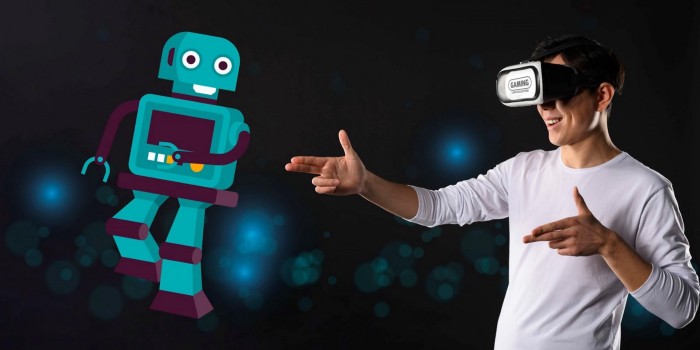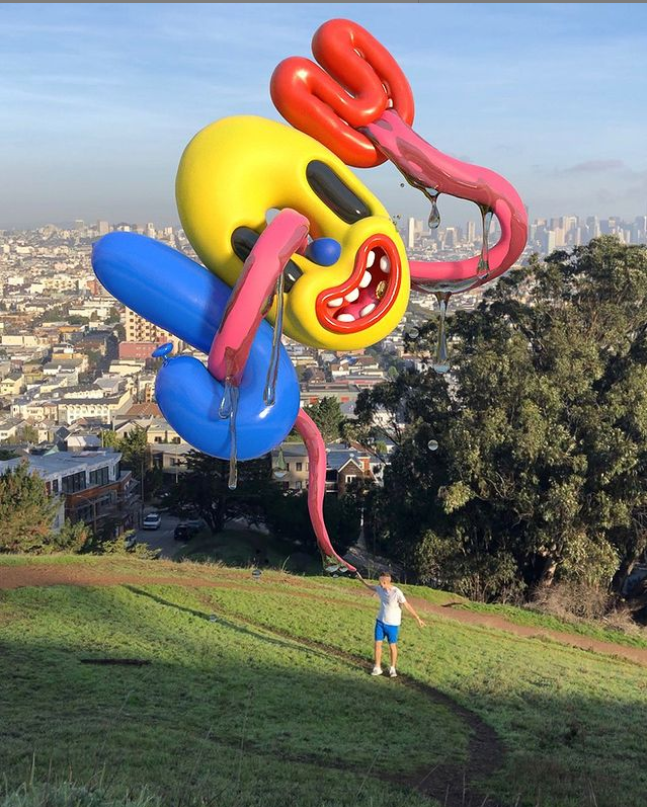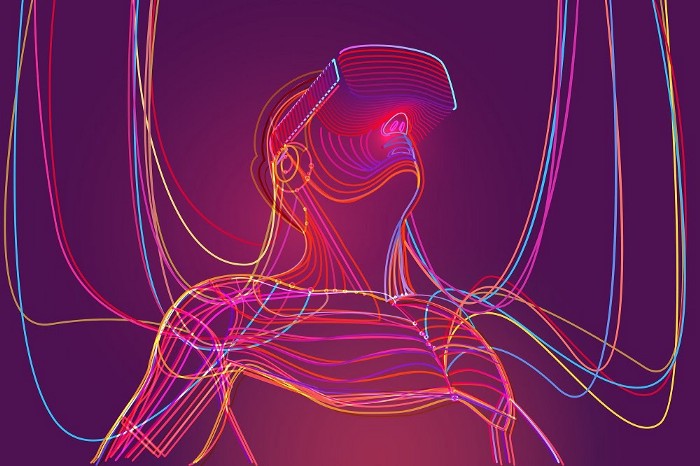
An artist by the name of John Orion Young aka JOY is taking the art world by storm with his AR-powered JOYs. JOYs are AR/VR sculptures that can travel around the world with you on a screen. There is a growing number of artists using AI, VR, AR, and other disruptive technologies and creating their niches for a few years now.

The Gartner Hype Cycle for Emerging Technologies has listed Formative AI as number 4 in their 2020 edition. It won’t be a long time before these technologies become the next big thing for UX designers.
Disruptive technologies that can transform design
Since 2020 has been the year of no physical contact, there is a newfound interest in technologies that can bring the design to life for audiences or disrupt design interactions in any way. The top 3 technologies are:
- AR & VR UI: The best example was perhaps Yelp’s now — discontinued Monocle feature, which sprung up an augmented map of nearby restaurants with ratings and reviews through your camera. This can have an amazing number of applications such as with other maps-based apps, restaurant menus showing AR iterations of dishes, and much more.

- AI design: With the help of AI, designing becomes an easier and shorter process. Take the case of Looka, formerly Logojoy, an AI-powered logo maker that can help a non-designer make a new, professional logo within minutes.
- 3D printing: Skjoldbroder, a designer known for his obsession with disruptive technologies, says “All designers should own a 3D printer”. He is one of the designers pioneering 3D printing for help with determining scope, iteration, assumption testing, etc.
- VUI: Voice experiences existed at the time of mobile phones in the form of customer service. But, the developments in recent years have given us a glimpse of its true potential. Tech giants like Amazon and Google have invested a lot in machine learning (AI) and speech-recognition software to make voice assistants like Alexa by Amazon, and Google assistant by Google. Read more.
How to leverage disruptive technologies for transforming design
Here are a few principles for UX designers and designers, in general, to keep in mind for making the best of disruptive tech in design.
- Enhance creativity: If AI can amplify the creativity of a layman with Looka, imagine the lengths to which it can take a professional’s craft. It can automate functions like finding tools, collecting data, and scouting references while you focus on the creative aspect. Soon, you might be able to converse with an AI Assistant for the exact help you need with your design.
- Tap the potential of realities: The key to nailing design with Alternate Realities is that designers must not forget the functional aspect. An AR pop-up on the screen will stop being awesome in a few years unless it solves a real-world problem for the customer. UX designers in particular need to think about how they can explore the problem-solving potential of AR and VR.
- First-mover advantage: You won’t exactly be the first one in the world to use a disruptive technology for design, but you might be the first in your industry. You can set benchmarks and standards with the way you use AI, 3D printing, VR, or any technology that the industry hasn’t been exposed to.
Finally, to quote JOY, “Everything will be in AI/ VR in the future. It’s inevitable… Better jump in now instead of waiting around for it to be the norm.” The same goes for disruptive technology by nature, so get disrupting and designing!







